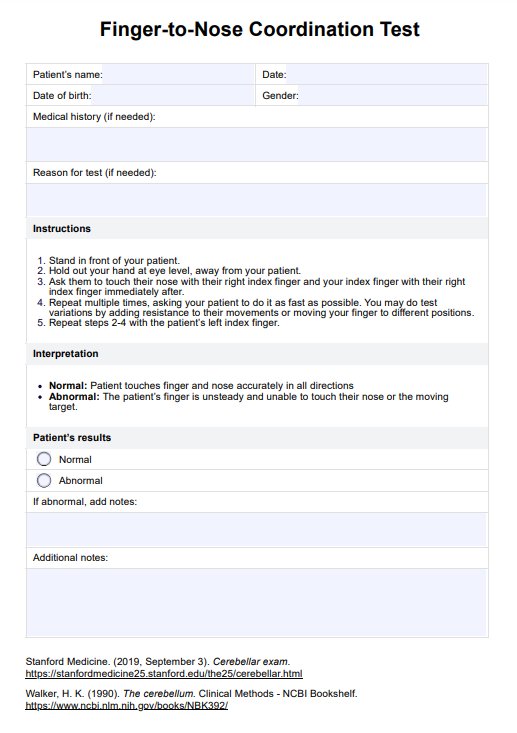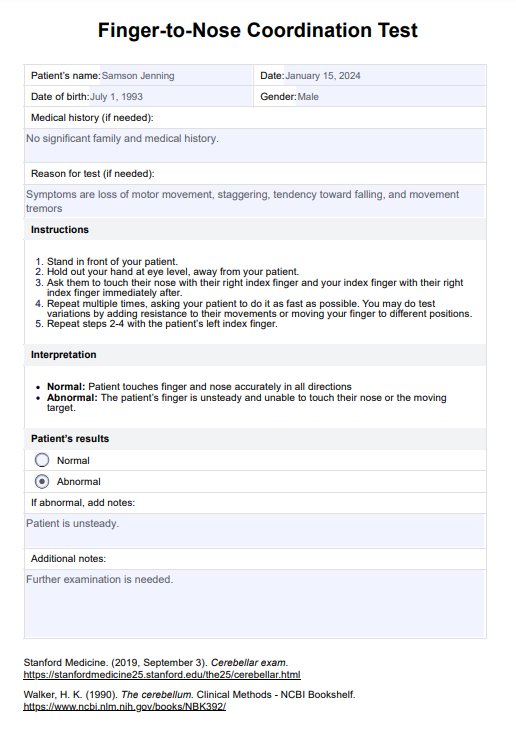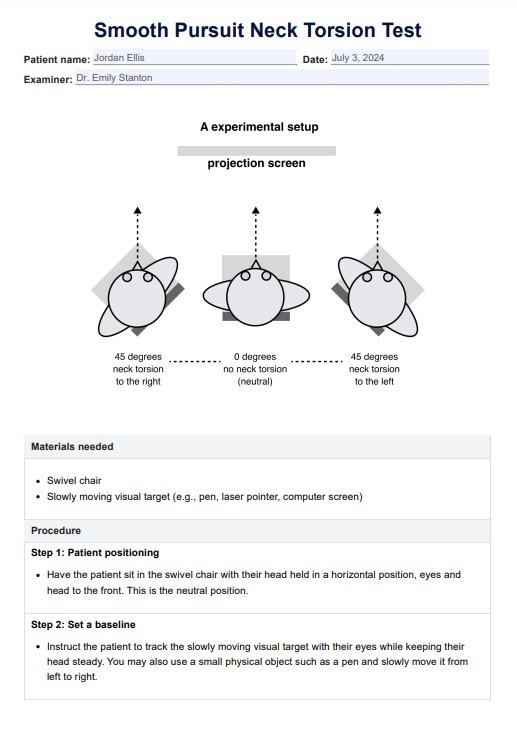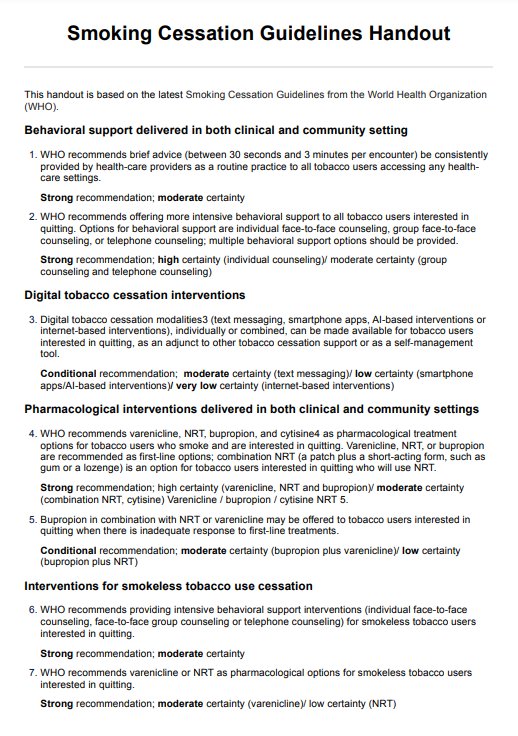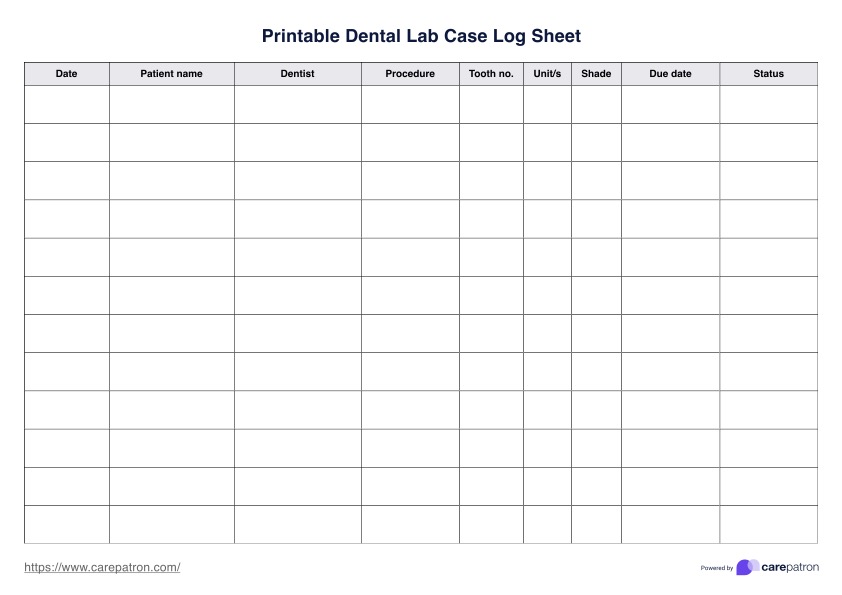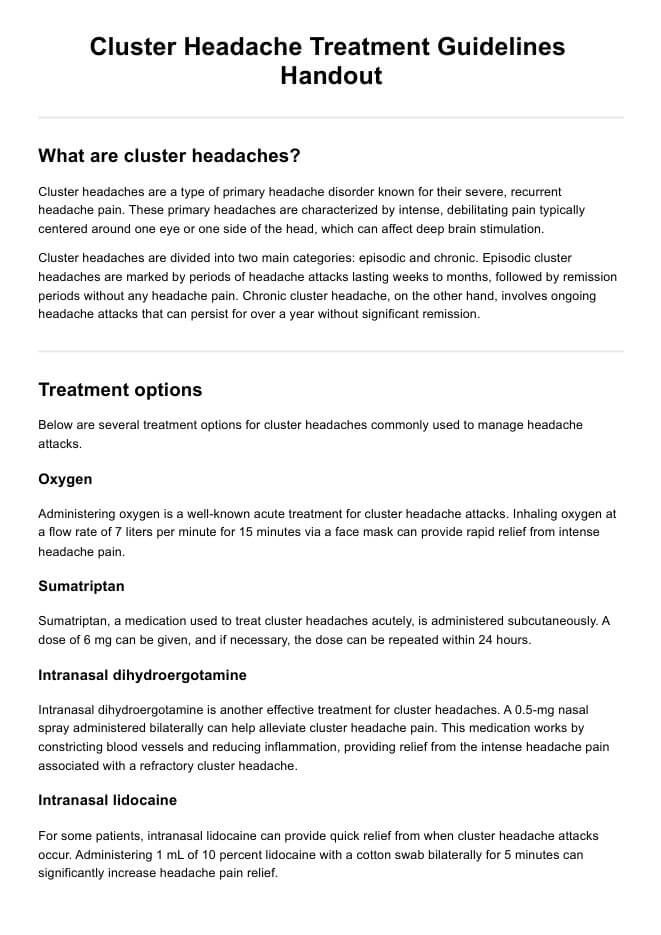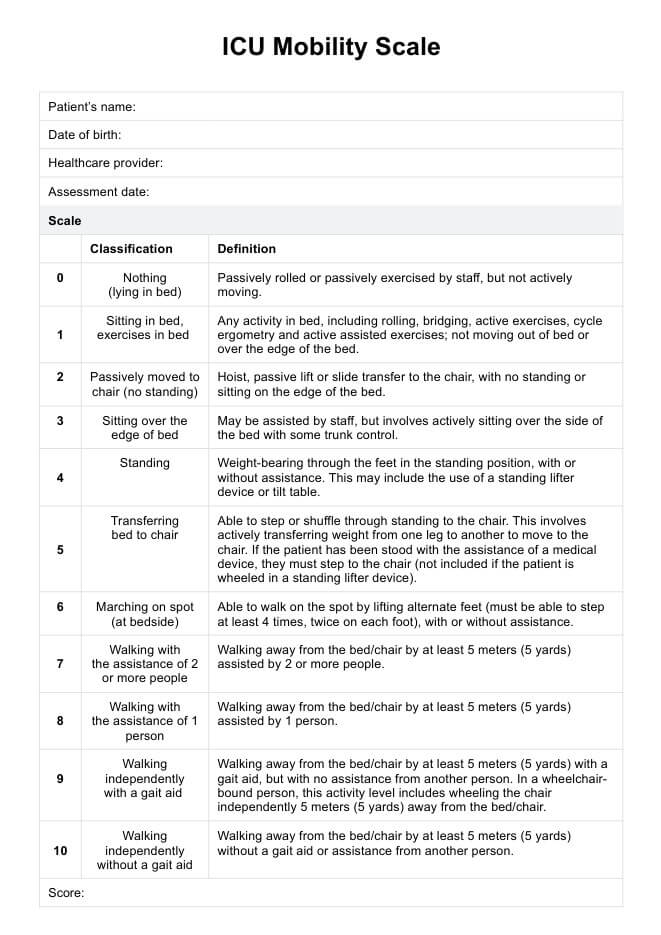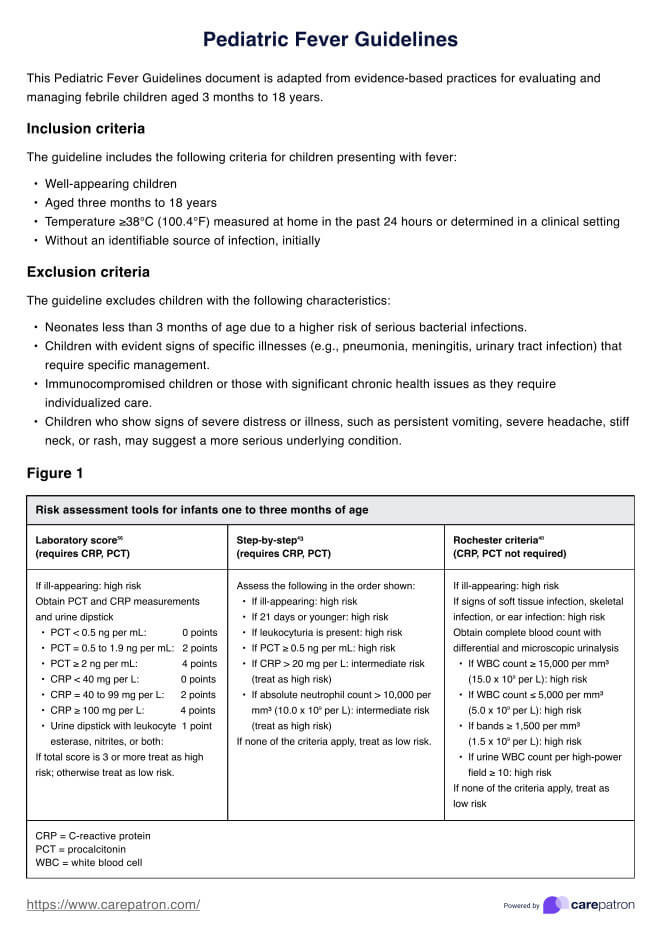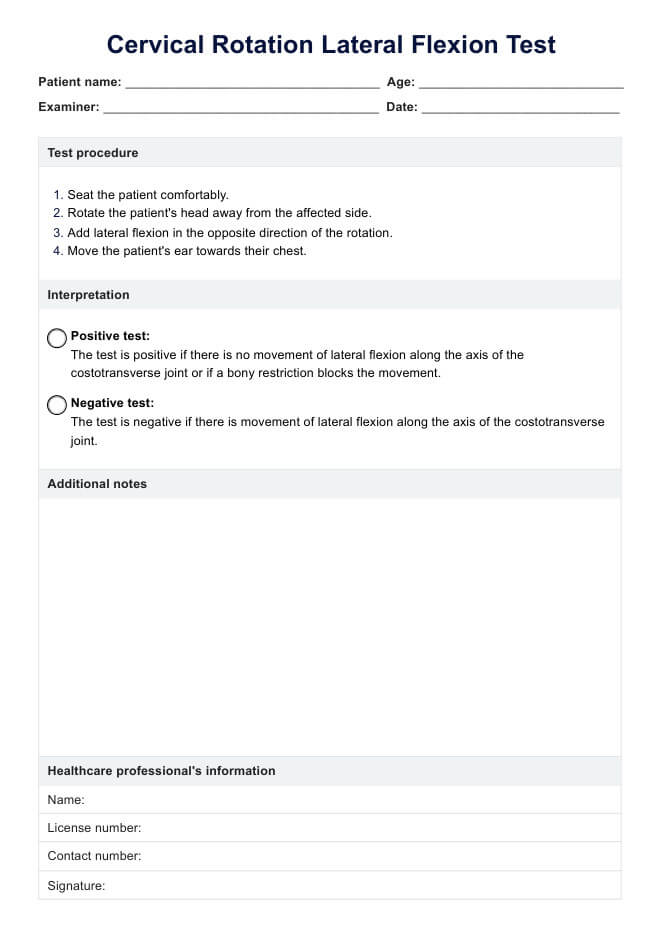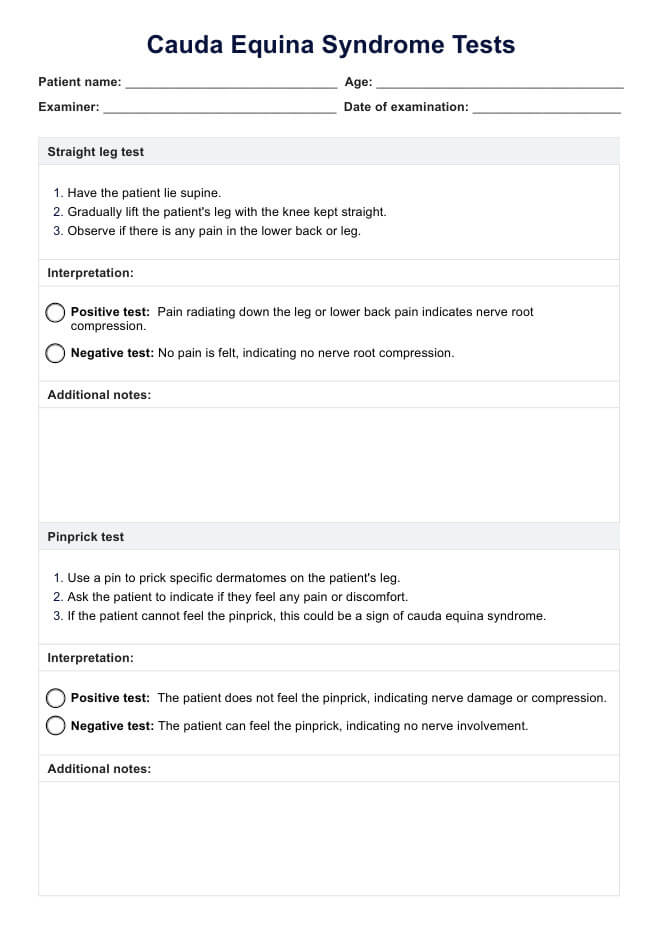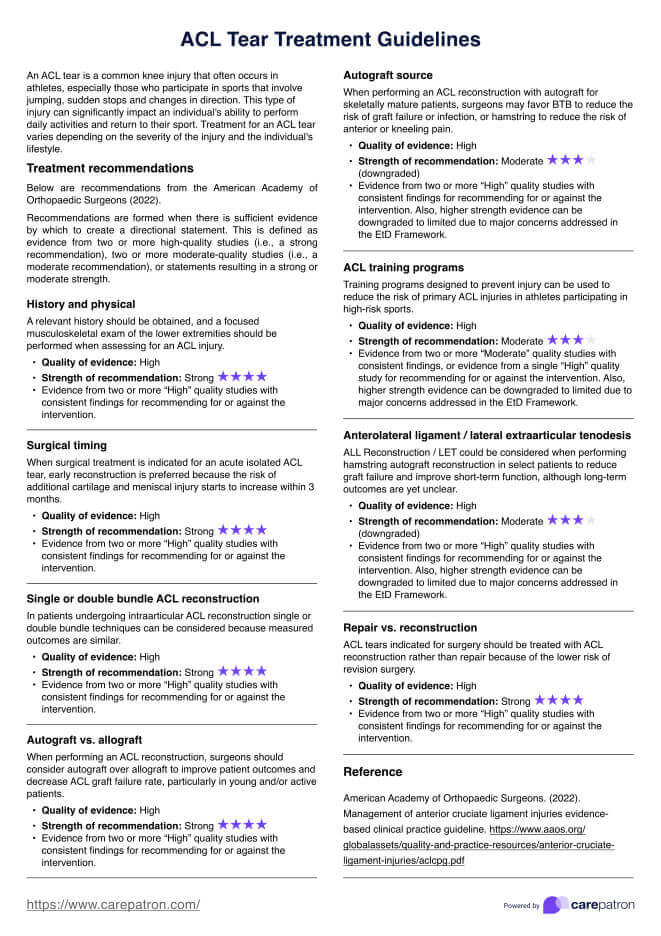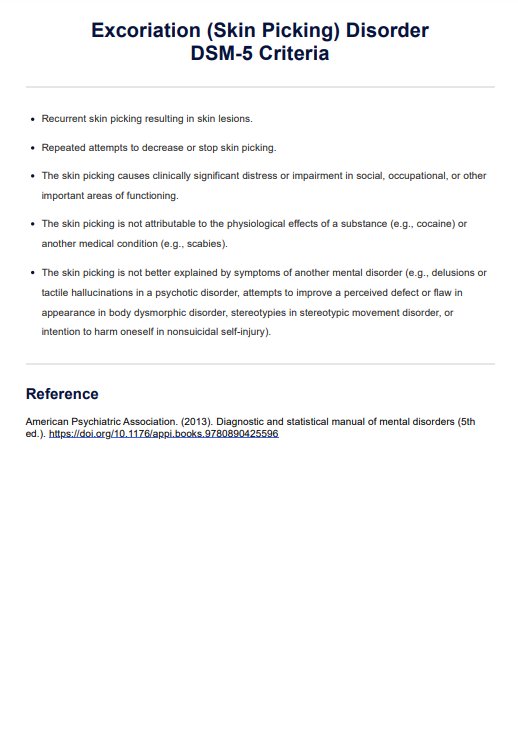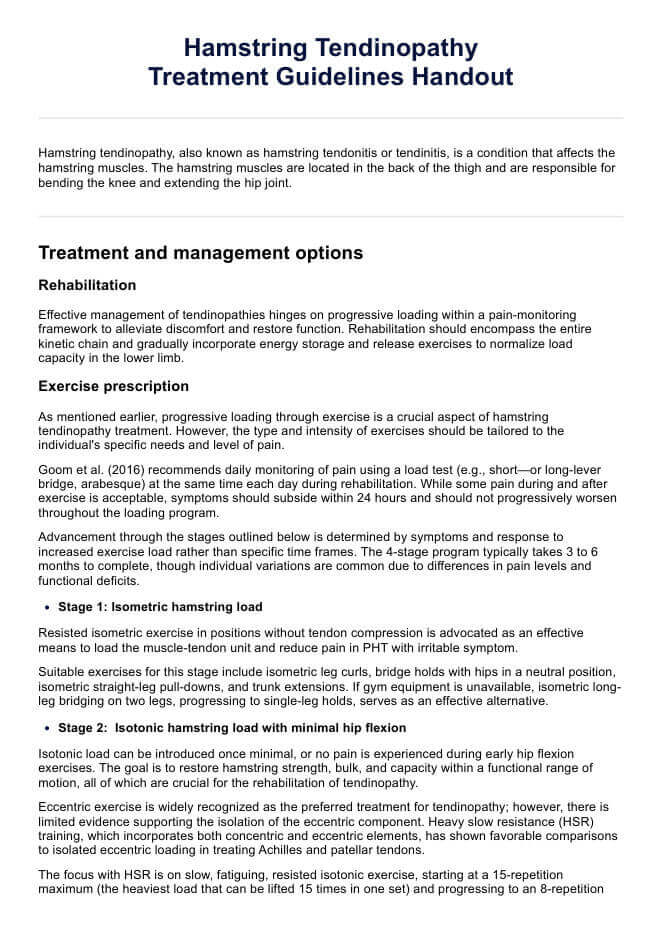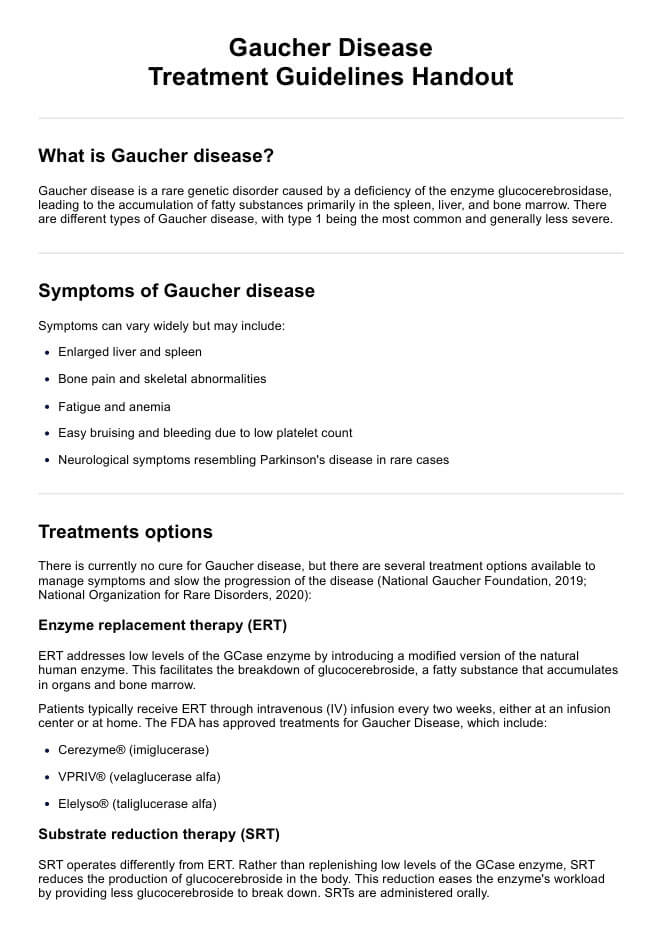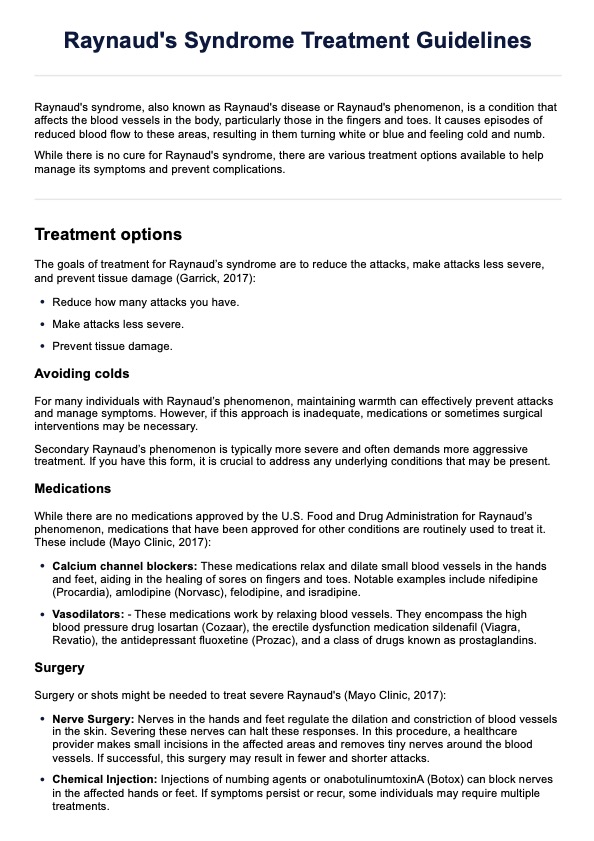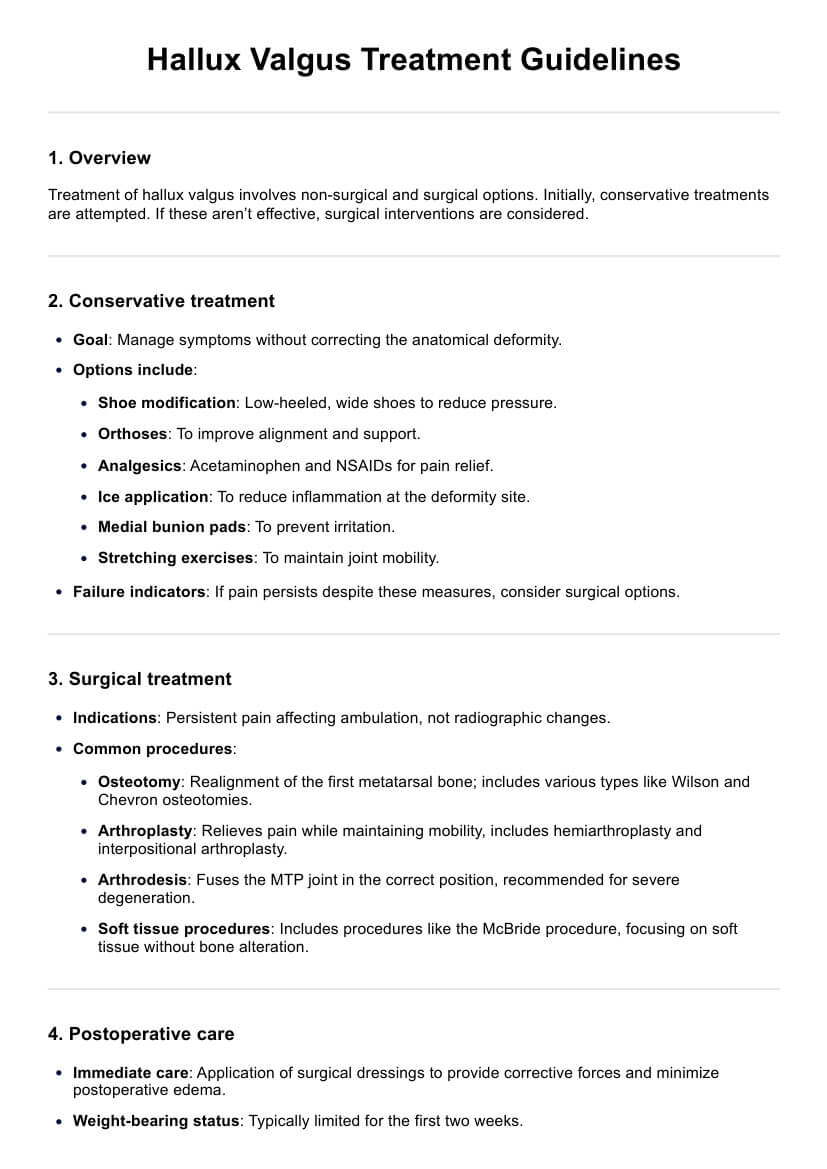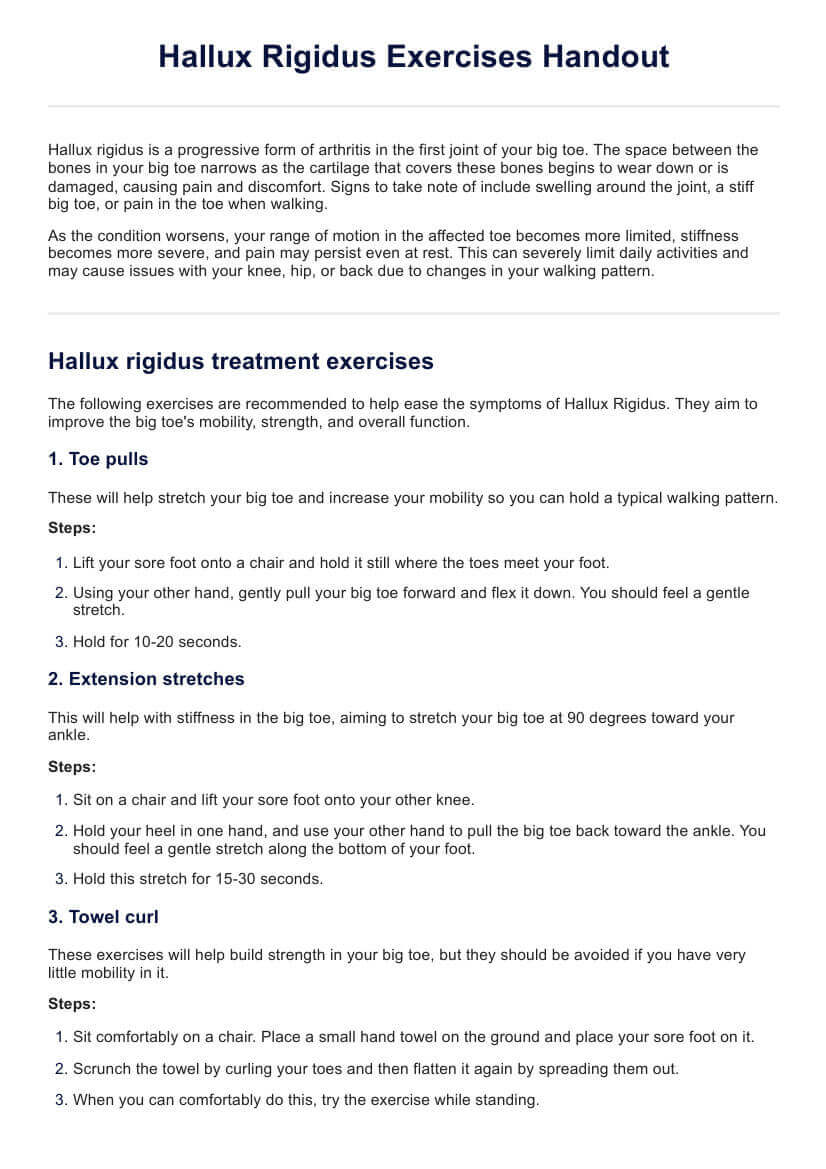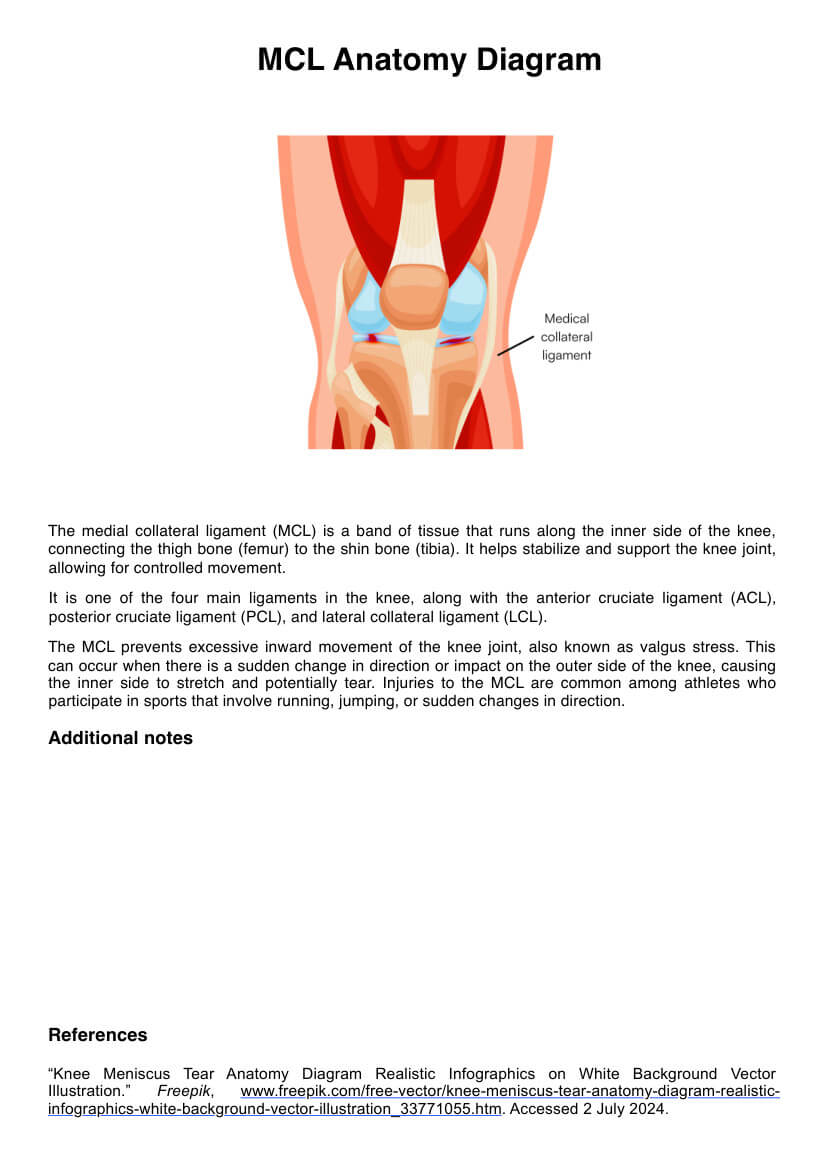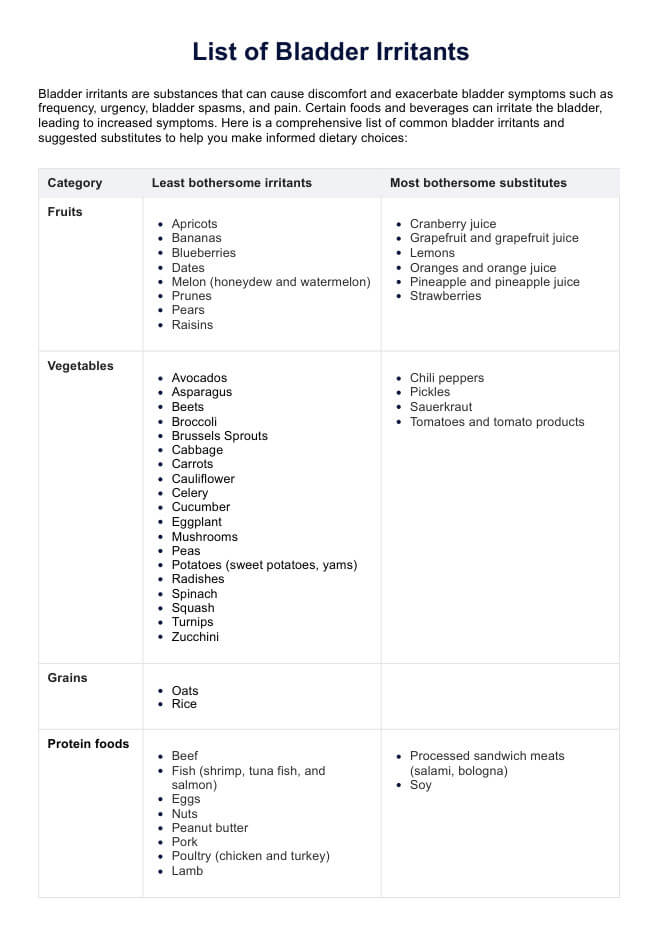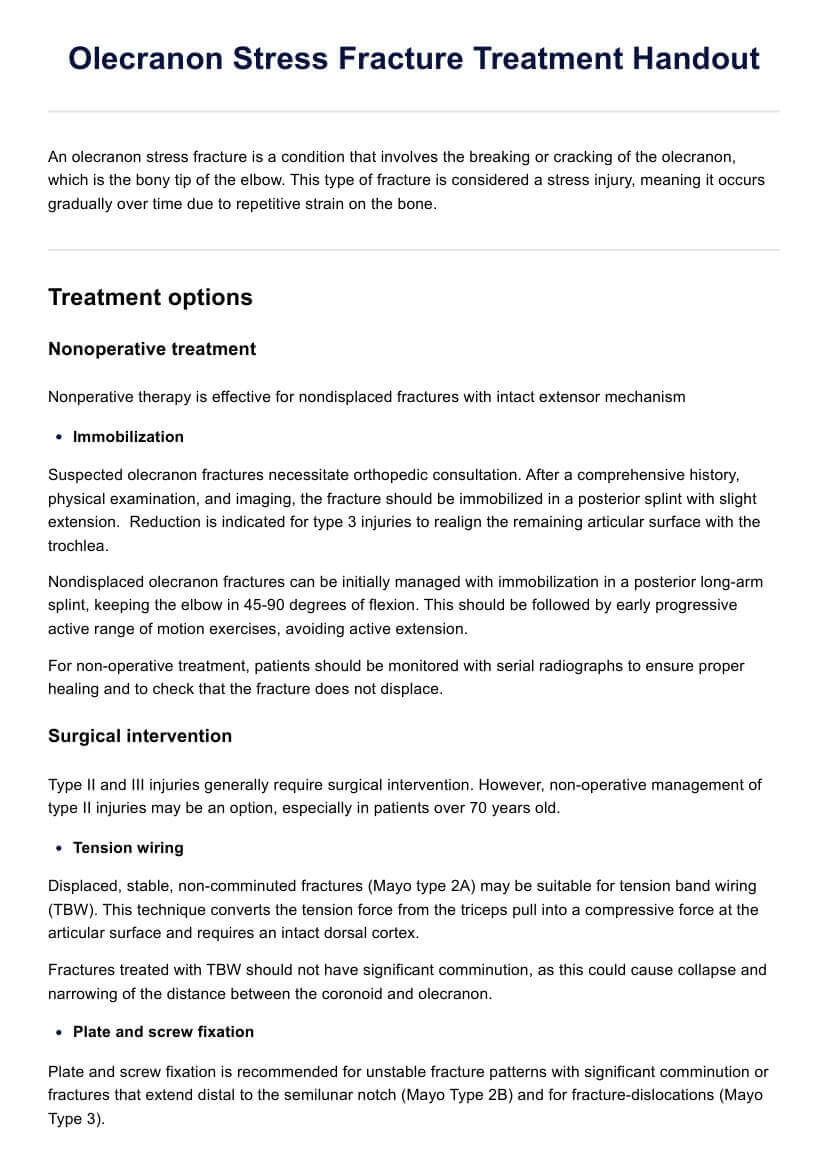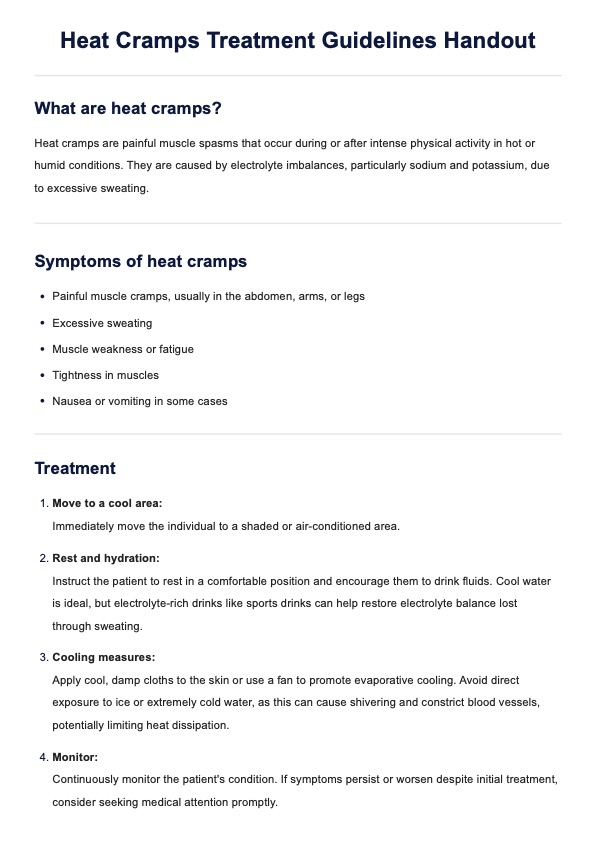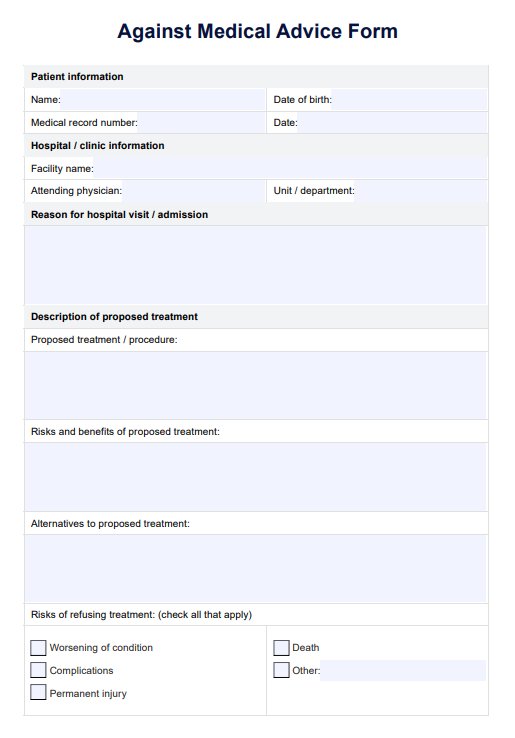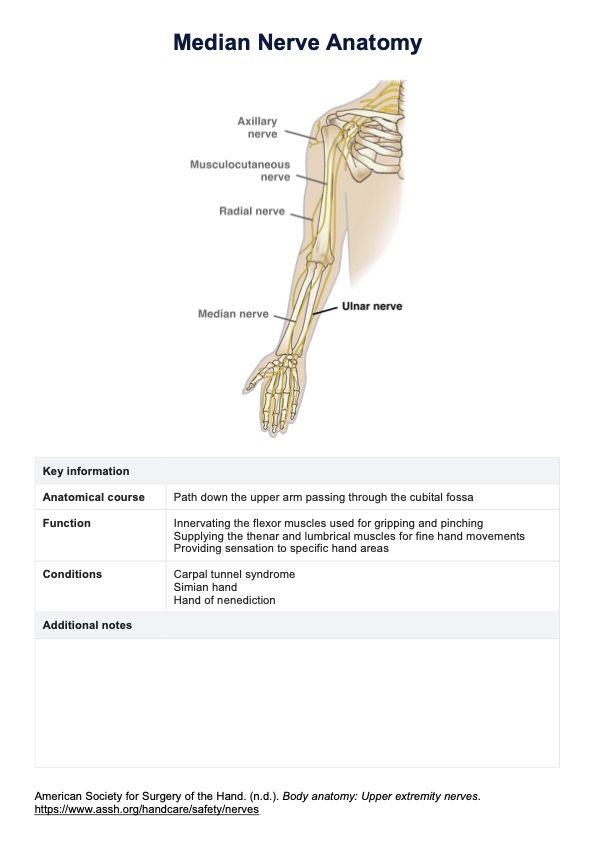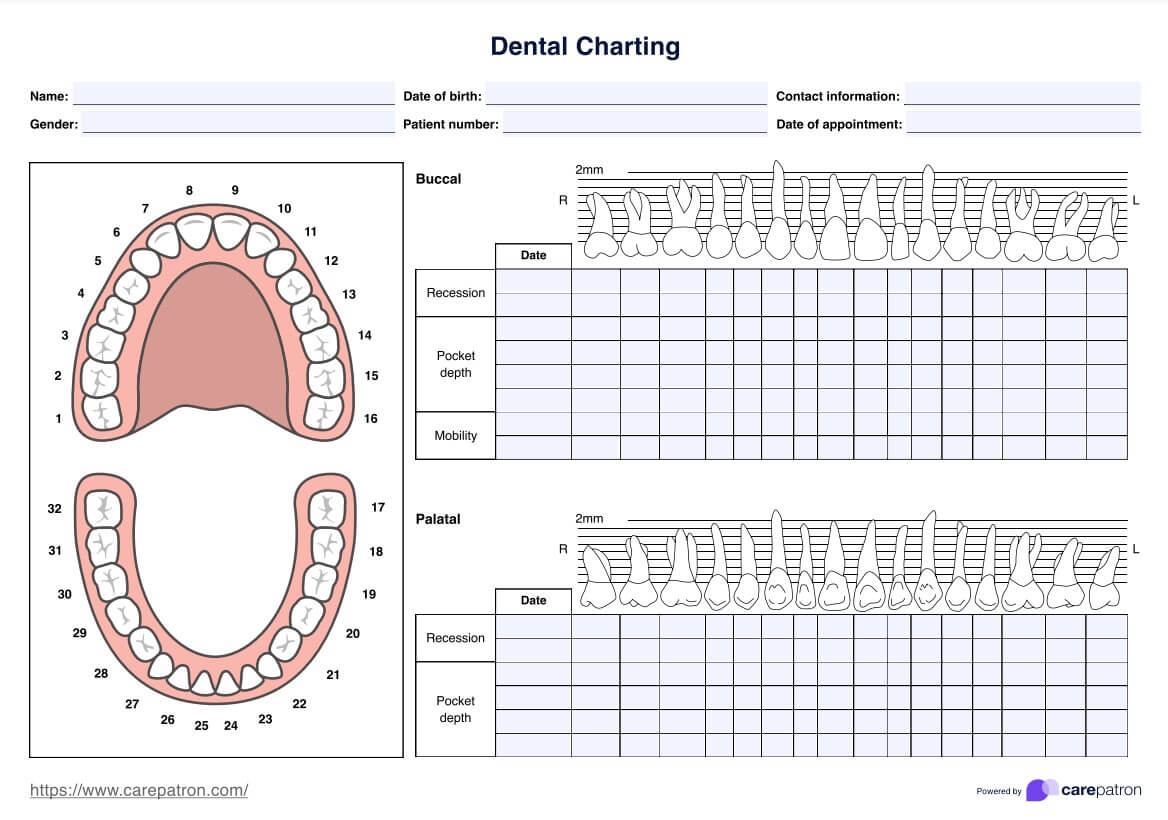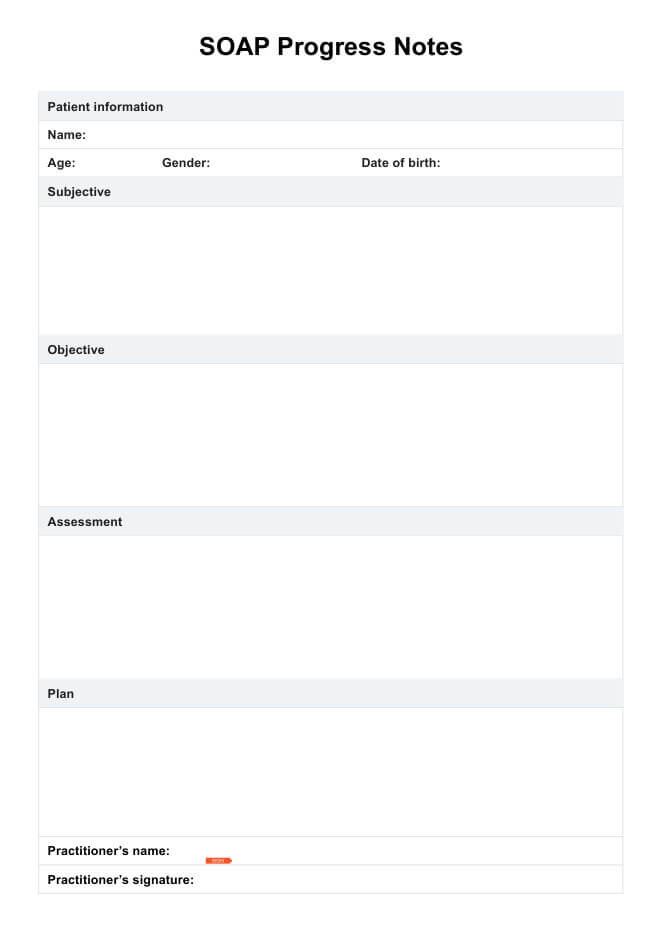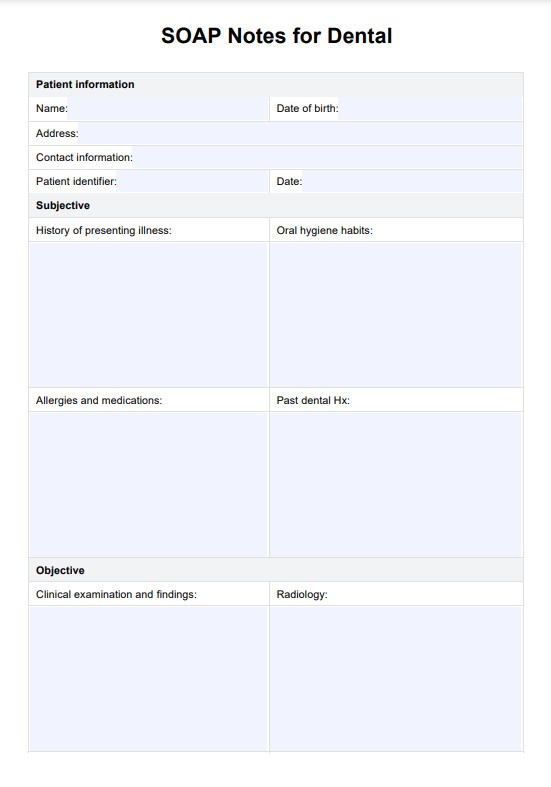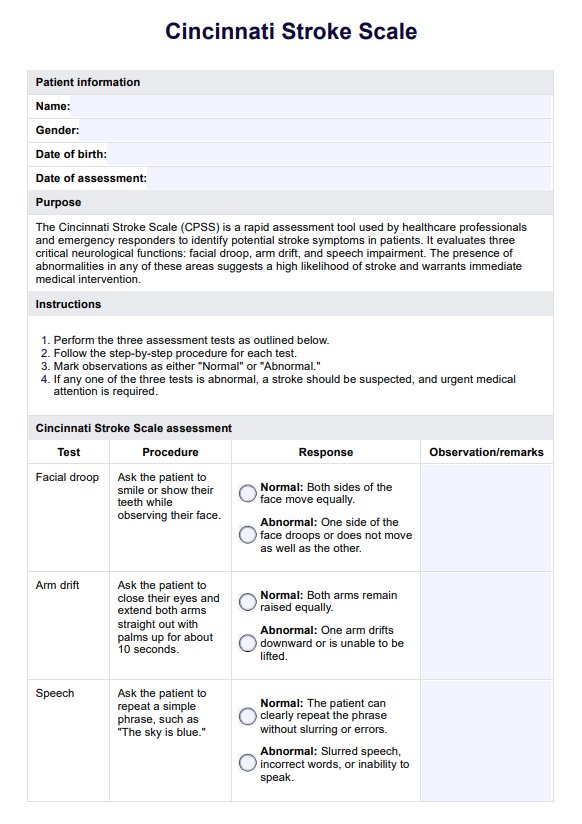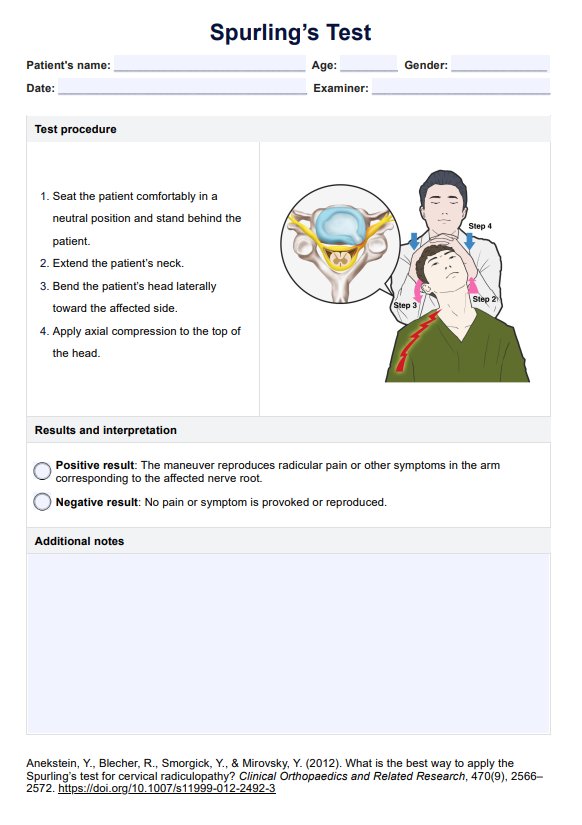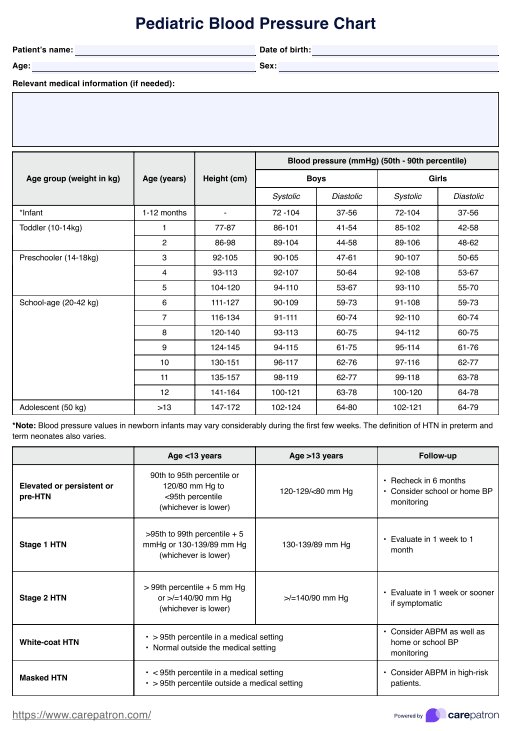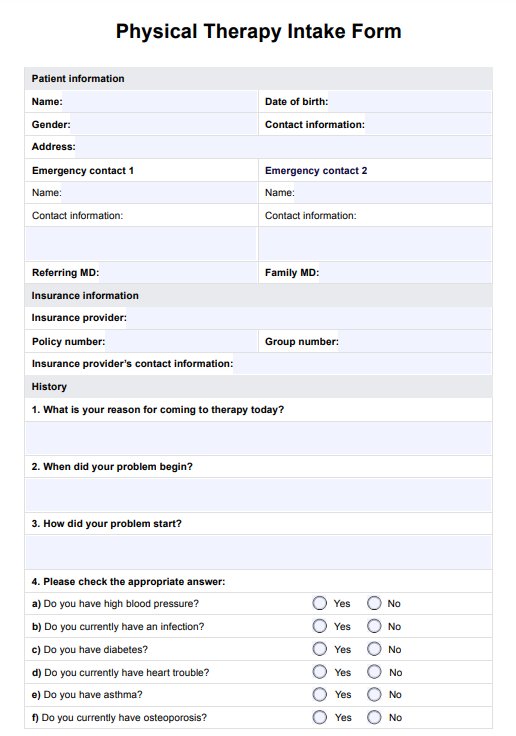Primary Teeth Chart
Use our Primary Teeth Chart template to track baby teeth eruption and ensure proper dental care, setting a foundation for lifelong oral health.


Understanding primary teeth
Primary teeth, also called baby teeth or deciduous teeth, play a crucial role in a child's development. These tiny teeth pave the way for proper speech, chewing, and the eventual eruption of permanent teeth. Understanding when a baby's teeth fall out, shed, and are replaced by adult teeth is essential for healthcare practitioners and parents to facilitate early prevention and early intervention of dental problems (Nowak & Casamassimo, 2002).
A child's baby teeth begin to fall out around age 6, making way for (larger) permanent teeth. The shedding order generally follows the eruption pattern, with the lower central incisors being the first tooth to fall out, followed by the upper central incisors. Most children have permanent teeth by age 12 or 13, except wisdom teeth, which may erupt later in adolescence or early adulthood.
A baby tooth erupts following a specific timeline, although slight variations exist among children. A tooth eruption chart typically shows the following ages:
- Upper and lower central incisors: Around 6-12 months of age
- Upper and lower lateral incisors: Around 9-16 months of age
- Upper and lower first molars: Around 13-19 months of age
- Upper and lower canines: Around 16-23 months of age
- Upper and lower second molars: Around 23-33 months of age
When baby teeth emerge, children may experience various teething symptoms, including drooling, irritability, gum rubbing, decreased appetite, and a rash around the mouth area (Verma et al., 2017).
Primary Teeth Template
Primary Teeth Example
What is a Primary Teeth Chart?
Tracking the growth and emergence of a baby's first teeth is essential. One way of doing so is to use a baby teeth chart, such as a Primary Teeth Chart.
A Primary Teeth Chart is a visual representation that illustrates the typical sequence and timeline for the eruption and shedding of a child's primary teeth. This is a helpful reference tool for healthcare professionals and parents alike, showing the expected emergence of each baby tooth in the upper or lower jaw and their eventual replacement by the corresponding permanent tooth.
The Primary Teeth Chart typically depicts the arrangement of the 20 primary teeth in a child's mouth, with the upper jaw (top teeth) and lower jaw (bottom teeth) shown separately. Each tooth is labeled with its common name (e.g., upper lateral incisor, upper canine, lower central incisor first molar), and the approximate age ranges for its eruption and shedding are indicated.
How does it work?
Understanding primary teeth eruption and shedding is crucial for monitoring a child's dental development. Here's a guide on how our Primary Teeth Chart PDF can help.
Step 1: Identify the primary teeth
Our Primary Teeth Chart clearly labels and identifies the 20 primary teeth in a child's mouth. It shows the arrangement of the lower and upper teeth and their names.
Step 2: Understand the eruption timeline
The chart provides approximate age ranges for when each primary tooth is expected to erupt or emerge through the gums. These age ranges are typically represented numerically or visually.
Step 3: Monitor eruption progress
By regularly referring to the Primary Teeth Chart, healthcare professionals and parents can track the emergence of each primary tooth and compare it to the expected timeline. This allows for identifying any significant deviations or delays in the eruption process.
Step 4: Note the shedding timeline
In addition to the eruption timeline, our chart indicates the approximate ages at which each primary tooth is expected to be shed or lost, allowing permanent teeth to erupt.
Step 5: Assess dental development
Combine the information from the eruption, shedding timelines, and document notes as you assess a child's dental development. This evaluation can help identify irregularities, facilitate necessary early intervention, and ensure proper guidance for maintaining good oral health.
Are eruption charts and Primary Teeth Charts the same?
Understanding and distinguishing between eruption charts and Primary Teeth Charts is essential in pediatric dental development. While these charts are related to the development of primary teeth and have similarities, they serve different functions and are used in other contexts.
Eruption charts specifically detail the typical timeline for primary teeth to emerge (erupt) and later for permanent teeth to replace them. These charts usually outline the typical age ranges for each tooth's appearance in the mouth.
On the other hand, Primary Teeth Charts, often referred to as dental charts or tooth charts, provide a schematic representation of the layout of the teeth in the mouth. These charts are usually more comprehensive, detailing the placement and type of primary teeth when they erupt and shed. For our chart, we've also included a space where dentists can note down important details about the child's dental health and development.
Primary teeth care
Proper care of primary teeth is crucial for a child's overall health and development. These temporary teeth play a vital role in chewing, speech development, and guiding the permanent teeth into the correct position. Here are some essential guidelines for maintaining healthy primary teeth:
- Teething and soothing techniques: During the teething phase, babies may experience discomfort, irritability, and the urge to chew on objects. While teething necklaces or other objects may seem appealing, exercise caution, as they can pose a choking hazard. Instead, consider offering a clean, firm teething ring or a cool, damp cloth for the baby to chew on gently.
- Oral hygiene and facial development: Proper oral hygiene promotes healthy teeth and supports the development of facial bones, muscles, and a healthy set of teeth. As soon as the first tooth erupts, gently clean it with a soft, clean finger or a damp cloth. Once more teeth appear, introduce a small, soft-bristled toothbrush and a pea-sized amount of fluoride toothpaste.
- Diet and tooth-friendly food: A balanced diet rich in essential nutrients is crucial for healthy teeth and gum development. Encourage your child to eat tooth-friendly foods like fruits, vegetables, and dairy products. Avoid sticky or hard foods that could potentially damage or dislodge the primary teeth or those that can lead to tooth decay. Consider helping them tear or grind food into smaller pieces for younger children to prevent choking hazards.
References
Nowak, A. J., & Casamassimo, P. S. (2002). The dental home. Journal of the American Dental Association, 133(1), 93–98. https://doi.org/10.14219/jada.archive.2002.0027
Verma, N., Bansal, A., Tyagi, P., Jain, A., Tiwari, U., & Gupta, R. (2017). Eruption chronology in children: A cross-sectional study. International Journal of Clinical Pediatric Dentistry, 10(3), 278–282. https://doi.org/10.5005/jp-journals-10005-1450
Commonly asked questions
By age 1, most children have developed between 6 to 10 primary teeth, with the lower and upper central incisors typically being the first to erupt around 6-10 months of age. However, the exact number of teeth present at one year old can vary, as some children may have fewer or more teeth depending on their individual development.
When a baby's tooth falls out, it is a normal part of the child's dental development. Parents should gently clean the area with a clean, damp washcloth and monitor for any signs of bleeding or infection. If the bleeding persists or the child experiences significant discomfort, consulting with a pediatric dentist is recommended. In most cases, the gap left by the fallen tooth will close as the permanent tooth erupts in its place.
The normal order of baby teeth eruption is as follows: first, lower central incisors, upper central incisors, upper lateral incisors, lower lateral incisors, first molars, canines, and second molars. This sequence may vary slightly from child to child, but the general pattern remains consistent. By age 3, most children have developed a complete set of 20 primary teeth.
To read a Primary Teeth Chart, one should note the expected age range for the appearance of each type of primary tooth. The chart typically arranges the teeth in the order they emerge, covering both the upper and lower jaws. Understanding the chart involves recognizing various primary teeth types, incisors, canines, molars, and their anticipated eruption timeline.


